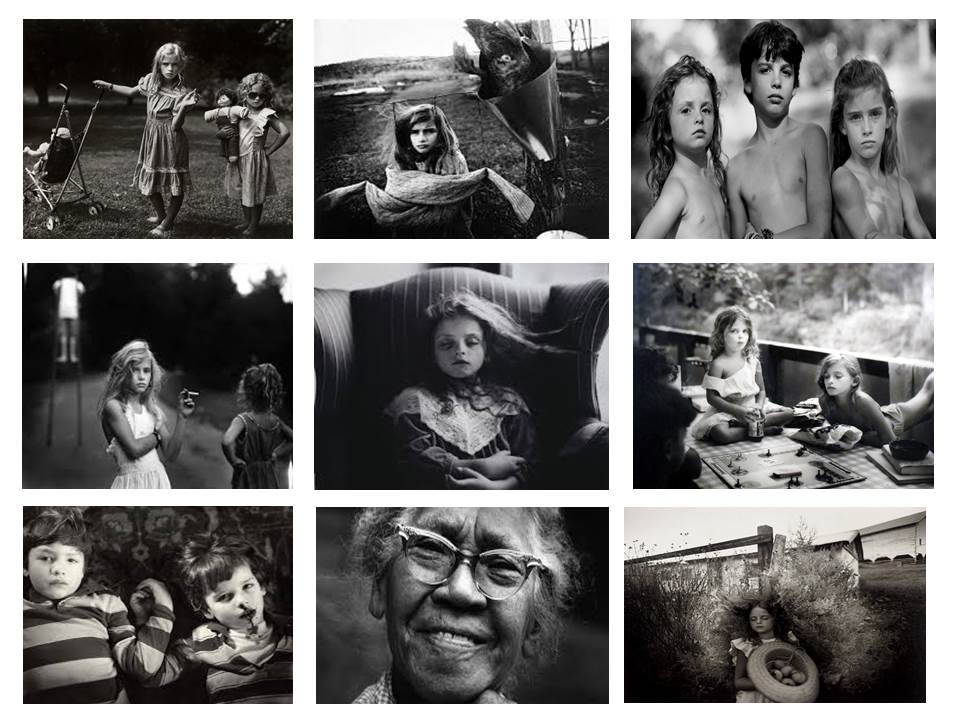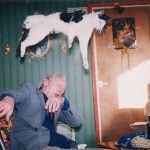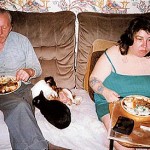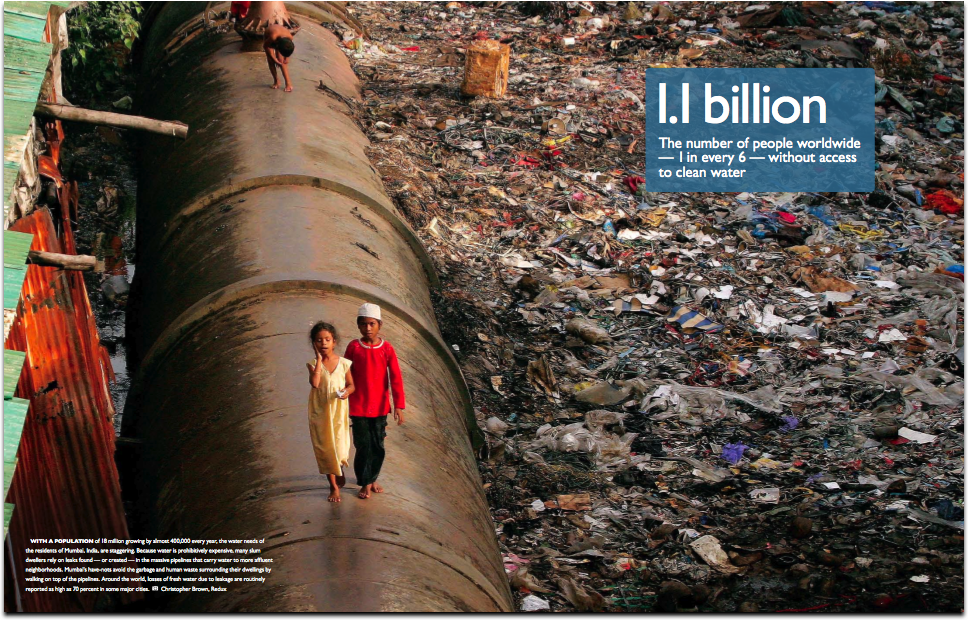Sally Mann is an American photographer now aged 64 who is well known for her black and white photographs of her young children and of landscapes which suggest decay and death. After she had graduated she worked as a photographer at Washington and Lee university. Her first publication was in 1984 and it was called Second Sight. She found her ‘trade mark’ with her second publication At Twelve: Portraits of Young Woman, 1988. This publication stimulated a minor controversy, the publication included photographs of “captured the confusing emotions and developing identities of adolescent girls [and the] expressive printing style lent a dramatic and brooding mood to all of her images.”. Sally is also well know for her publication called immediate family which includes black and white photographs of her three children taken at her family’s remote summer cabin. I particullary like this publication because it’s appealing to the eye, the images look natural and I like that Sally took a risk in exposing her children for the rest of the world to see and that her children also got a say in which photographs would be published.
Daily Archives: September 20, 2015
Filters
Richard Billingham
Photographer and painter Richard Billingham (born 1970) grew up in a cramped, high-rise tenement apartment with his mother and father in Birmingham, England. His father, Ray, was an unemployed, chronic alcoholic, often sleeping the whole day through, while Liz, Billingham’s overweight and heavily tattooed mother, filled her home with porcelain dolls and jigsaw puzzles, housing ten cats and three dogs. These are Billingham’s subjects. In stark comparison to conventional family photos around the dinner table or in front of the Christmas tree, Billingham’s images are raw, intimate and often uncomfortably humorous. First published in 2000, Ray’s a Laugh is now considered one of the most important British photo books of the recent past. This publication reproduces this renowned book spread by spread, including a contemporary essay by Charlotte Cotton.
Here are some of Richards words;
“My father Raymond is a chronic alcoholic.
He doesn’t like going outside, my mother Elizabeth hardly drinks,
but she does smoke a lot.
She likes pets and things that are decorative.
They married in 1970 and I was born soon after.
My younger brother Jason was taken into care when he was 11,
but now he is back with Ray and Liz again.
Recently he became a father.
Dad was some kind of mechanic, but he’s always been an
alcoholic. It has just got worse over the years.
He gets drunk on cheap cider at the off license.
He drinks a lot at nights now and gets up late.
Originally, our family lived in a terraced house,
but they blew all the redundancy money and, in desperation,
sold the house. Then we moved to the council tower block,
where Ray just sits in and drinks.
That’s the thing about my dad, there’s no subject he’s interested
in, except drink.”
Some photographs from ‘Ray’s a Laugh’ collection:
I really like this collection of photographs because I think that it shows a true representation of his family, and his home life. Its really interesting to read about Richards family, and how he focuses on the point of his father being an alcoholic, and his mother being an over weight animal lover. I also like the way that he has taken the photo’s, they don’t look overly staged and they aren’t perfect in that some of the photographs are over exposed due to flash lighting. Each of the photographs tell’s the audience something about his parents. For example the photograph on the top left, showing his parents sitting on the coach eating their dinner whilst watching the television. This looks like something they do everyday, as a family ritual.
Standard and Ethics in Documentary
Within photojournalism there is a code which consists of ethics and standards that the journalists are expected to respect and follow. This code had been broken by a photojournalist who had entered a piece of work into the ‘World Press Photo Contest’. Giovanni Troilo had entered a photograph and had misrepresented the location of the photo this caused an uproar with the photojournalist community as he categorised his photo as ‘reportage’. This then lead to another issue as he used a flash lighting with a remote control flash.
Who sets the boundaries of what defines photojournalism?
After this issue had occurred, it lead to a big panel meeting where they decided to re write the code of ethics in photojournalism. The festival director, Jean-François Leroy said he defined photojournalism as “witnessing the world.” Photograph’s today are easily manipulated and staged with the use of technology. However once a photograph has been manipulated it becomes art photography, not photojournalism.
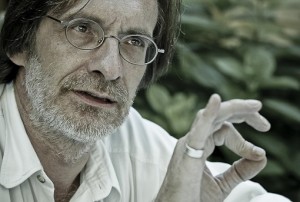
Can photography change the world?
The debate of ‘Can photography change the world‘ is often discussed between different photographers. As some people believe that a photograph is able to change someones feelings and views on a subject. It is also thought that a visual image stays with someone for longer, rather than reading a paragraph about the subject. An example of this is the photograph of a pair of damaged lungs on a cigarette box. However some people believe that photography is unable to change the world, as a photograph is only there to provide information and to give the audience an insight into a subject.
This photograph could be seen, and make people understand the poverty in different countries and inspire them to participate in some charity events or donate money. Or it could be seen as an informative photograph, that is educating the viewer about the poverty and the amount of people in the world without access to clean water.
When technology makes it so easy to manipulate images, how much manipulation is acceptable?
In the NPPA code of ethics it is said that photojournalists should resist being manipulated by staged photographers as it is not reporting the exact truth. Therefore the photograph becomes art photography rather than photojournalism. There have been various occasions when a photojournalist is reporting about a subject and supplies a photograph about the subject, yet the photograph has been staged.
With viewers more sophisticated and skeptical than ever before, how can photojournalists preserve their integrity and maintain trust?
The public rely on photojournalists to report the honest truth to them about global issues and topic’s. It is expected for the journalists to tell the truth about what they are reporting. Because of previous innocents where the journalist has manipulated their stories by using staged photographs. A code of Ethics has been created, which contains rules such as ‘Be accurate and comprehensive in the representation of subject’ to help prevent inaccurate reporting.

